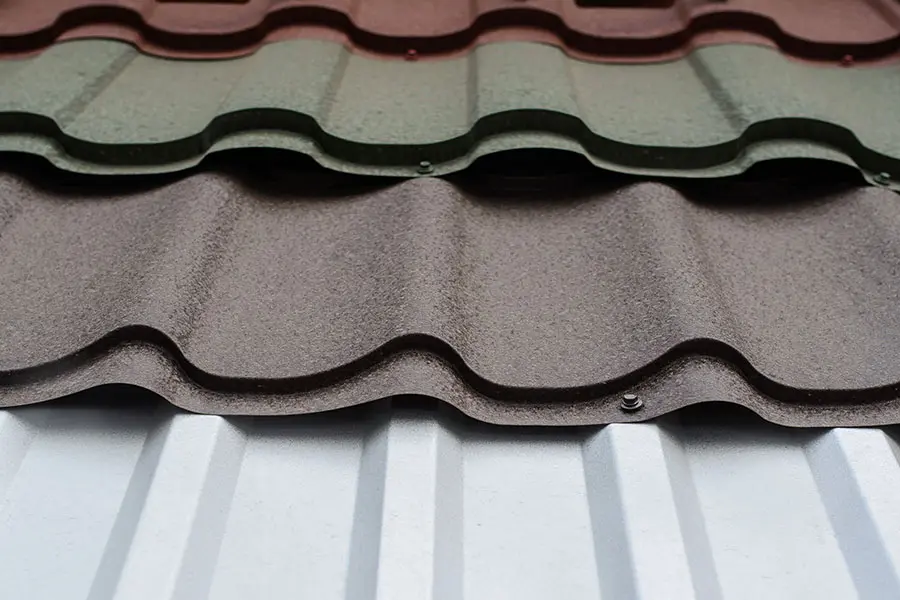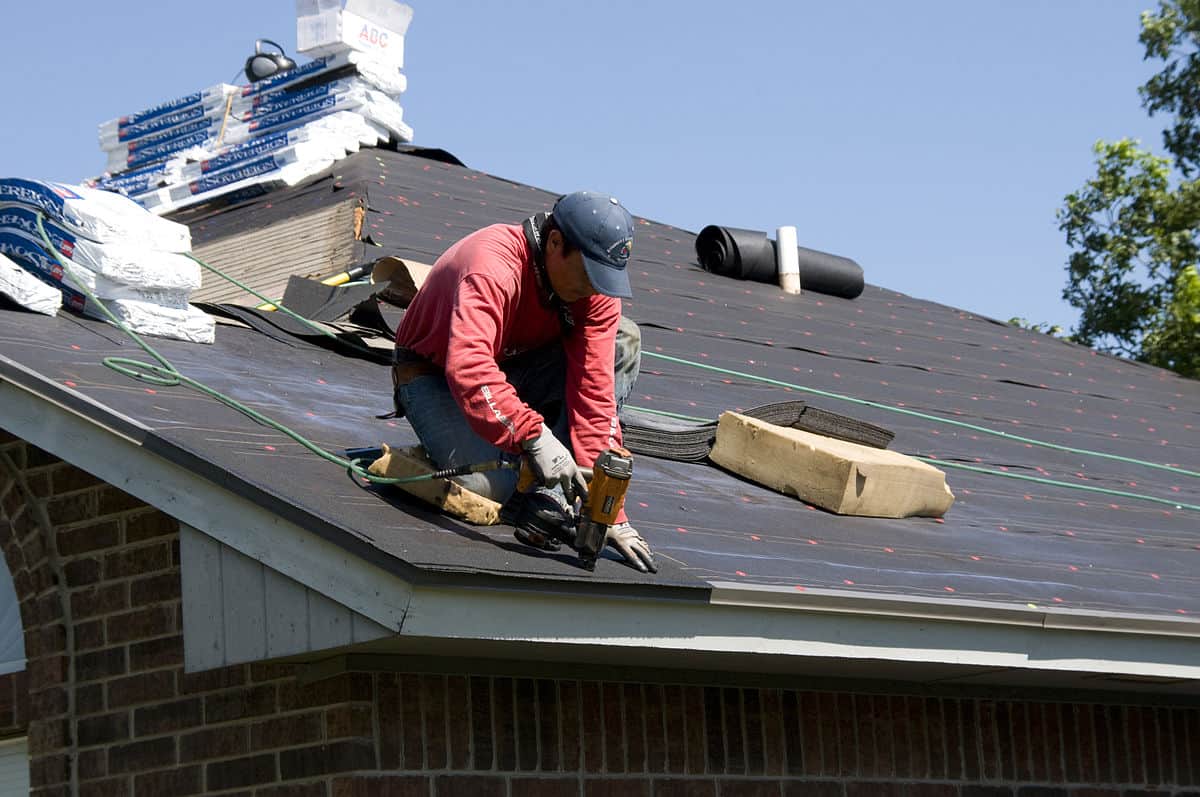Neighborhood Insights on Roofing Companies Gainesville Florida Homeowners Prefer
Neighborhood Insights on Roofing Companies Gainesville Florida Homeowners Prefer
Blog Article
Finest Practices for Ensuring Proper Roofing Air Flow
Guaranteeing proper roof air flow is essential for the long life and performance of a roof. A well balanced consumption and exhaust air vent ratio, frequently 1:300, plays a crucial function, with intake vents preferably placed at the lower edge of the roofing system for trendy air entry and exhaust vents at the peak for cozy air leave. Regular examinations to identify obstructions and keep clear air flow are vital. Moreover, keeping insulation away from vents is vital to avoid air flow constraint. Recognizing these fundamental elements sets the stage for even more comprehensive insights right into installation and upkeep techniques that can substantially boost your roof's performance.
Understand Air Flow Basics
Correctly understanding ventilation fundamentals is essential for making sure the longevity and effectiveness of roof. Effective ventilation mitigates wetness build-up and temperature level extremes in the attic, both of which can bring about substantial architectural damages gradually. A well-ventilated roof covering assists in avoiding typical issues such as mold and mildew development, timber rot, and ice dams, which can endanger the honesty of the roofing products and the underlying frameworks.
The primary goal of ventilation is to assist in the activity of air, enabling a consistent exchange in between the indoor and exterior settings. This equilibrium is attained with a mix of consumption and exhaust vents that function together to keep optimum air flow. Consumption vents, generally located along the soffits or eaves, permit fresh air to get in the attic room, while exhaust vents, often located at or near the roof ridge, make it possible for warm, moist air to leave.
Key factors influencing the effectiveness of roof air flow include proper placement, sufficient sizing, and guaranteeing that both intake and exhaust vents are unblocked. Regular examination and maintenance are critical to determine potential obstructions, damage, or inadequacies in the air flow system, consequently protecting the roof covering's efficiency and longevity.
Kinds of Roofing System Vents
Roofing system vents play an essential function in maintaining effective attic air flow and, by extension, the general wellness of the roofing system. Numerous types of roofing vents are available, each with one-of-a-kind benefits customized to specific roof covering requirements.

Soffit vents are set up under the eaves and job in tandem with roofing system vents to guarantee a well balanced intake and exhaust system. By permitting cooler air to get in from below, soffit vents help with the expulsion of warm air through upper vents. Gable vents, situated on the outside walls of the attic room, offer one more reliable solution, particularly in homes with saddleback roofs.
Assess Your Existing Ventilation

Next, take into consideration the age and condition of your roofing products and ventilation components. Older systems might not conform with current building regulations or might have weakened with time, minimizing their effectiveness. Conduct a thorough exam to identify any type of indications of wear and tear, such as rust, damages, or voids that might endanger the system's efficiency.
Additionally, measure the attic room temperature and humidity levels. High temperature levels and moisture can show inadequate air flow.
Installment Best Practices
Effective installation of roof covering ventilation systems is extremely important for guaranteeing ideal performance and longevity. Appropriate setup starts with recognizing the certain ventilation requirements of the roofing and the structure it covers. This entails computing the right proportion of consumption to wear down vents, generally Visit Your URL sticking to the 1:300 regulation, which specifies one square foot of air flow for every 300 square feet of attic floor room.

Consumption vents need to be installed at the roofing system's reduced side, frequently in the soffits, to allow awesome air to go into. Exhaust vents, on the various other hand, should be installed near or at the roof's top to assist in the leave of warm, damp air.
Seal all air vent connections carefully to stop air leakages and potential water seepage. Use top notch products and comply with manufacturer guidelines to make sure durability and efficiency. Additionally, integrating ridge vents with baffles can substantially improve airflow effectiveness by preventing wind-driven rain and snow from getting in the attic.
Ultimately, accurate installment of roof ventilation systems alleviates prospective issues such as mold growth, ice dams, and structural damage, making certain the roofing's honesty and the building's general health and wellness.
Routine Upkeep Tips
Consistency in upkeep practices is basic to making certain the long-lasting efficiency of roof covering ventilation systems. During these assessments, guarantee that vents are free of particles, nests, and other blockages that might impede air flow.
Utilize a soft brush or a vacuum to get rid of dirt and particles from intake and exhaust vents. Be mindful not to harm the vent screens or louvers throughout the process.
Appropriate insulation is equally vital. Make sure that attic room insulation does not obstruct the vents, as this can seriously restrict air flow. If any kind of insulation has shifted or resolved, rearrange or replace it to maintain an effective obstacle.
Lastly, replace any type of damaged or missing parts quickly. Busted vents, broken tiles, why not find out more or worn-out blinking can all add to inadequate air flow and ought to be dealt with without delay. Routine upkeep guarantees that the roof ventilation system functions optimally, thereby prolonging the lifespan of the roof itself.
Verdict
Guaranteeing proper roofing air flow is extremely important for keeping the efficiency and resilience of a roofing system. Adherence to the 1:300 consumption and exhaust vent ratio, paired with the calculated placement of vents, is vital. Normal semiannual evaluations, particles cleaning, and making certain insulation does not block air flow are critical techniques. Applying these finest techniques will certainly foster a well-ventilated roof covering system, therefore mitigating prospective problems associated with moisture buildup and extreme heat, inevitably extending the roofing's life expectancy.
A balanced intake and exhaust vent ratio, commonly 1:300, plays a crucial role, with intake vents preferably positioned at the lower edge of the roof covering for cool air access and exhaust vents at the height for cozy air leave. Consumption vents, generally situated along the soffits or eaves, enable fresh air to go into the attic room space, while exhaust vents, typically positioned at or near the roofing ridge, allow hot, moist air to escape.
Soffit vents are mounted under the eaves and work in tandem with roofing vents to ensure a well balanced intake and exhaust system. By permitting cooler air to get in from below, soffit vents promote the expulsion of hot air through top vents. Adherence to the 1:300 intake and exhaust vent proportion, paired with the strategic positioning of vents, is important.
Report this page